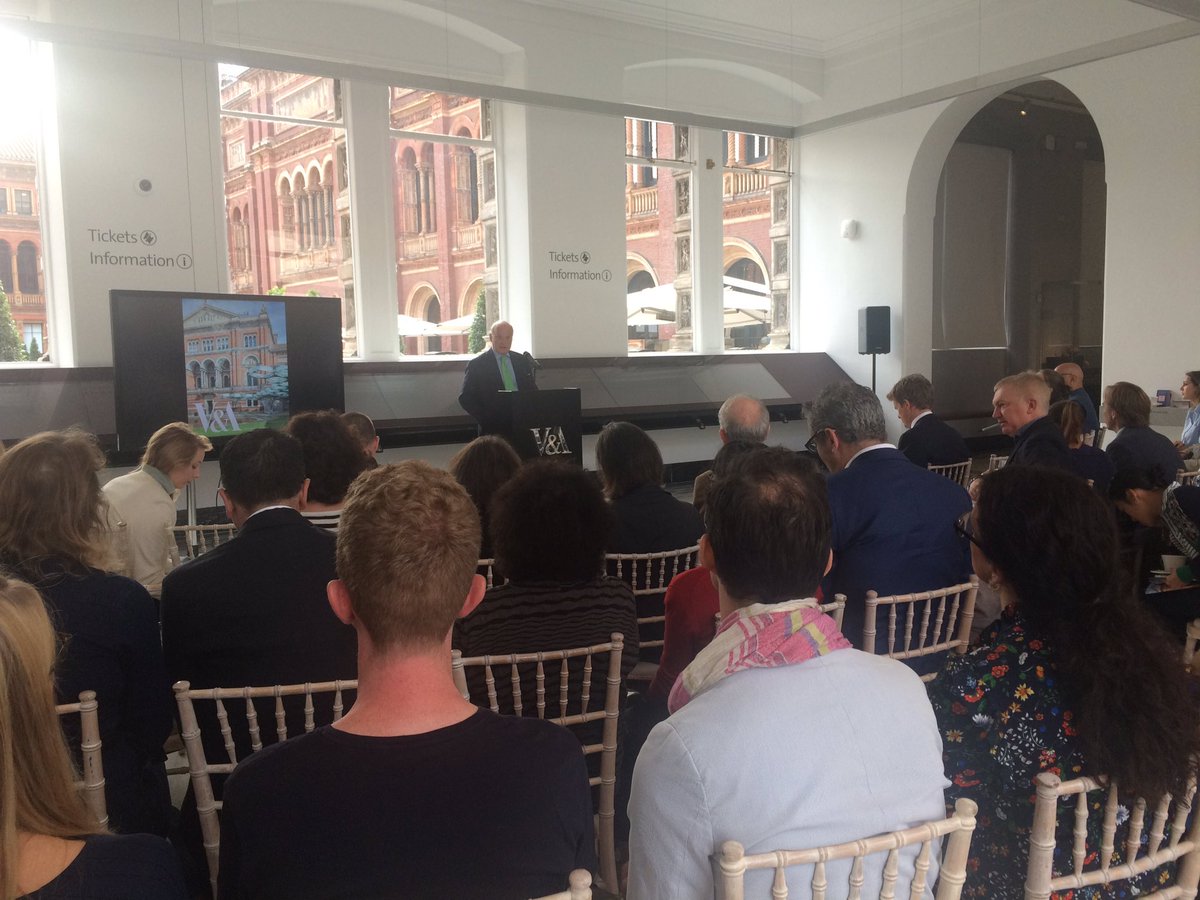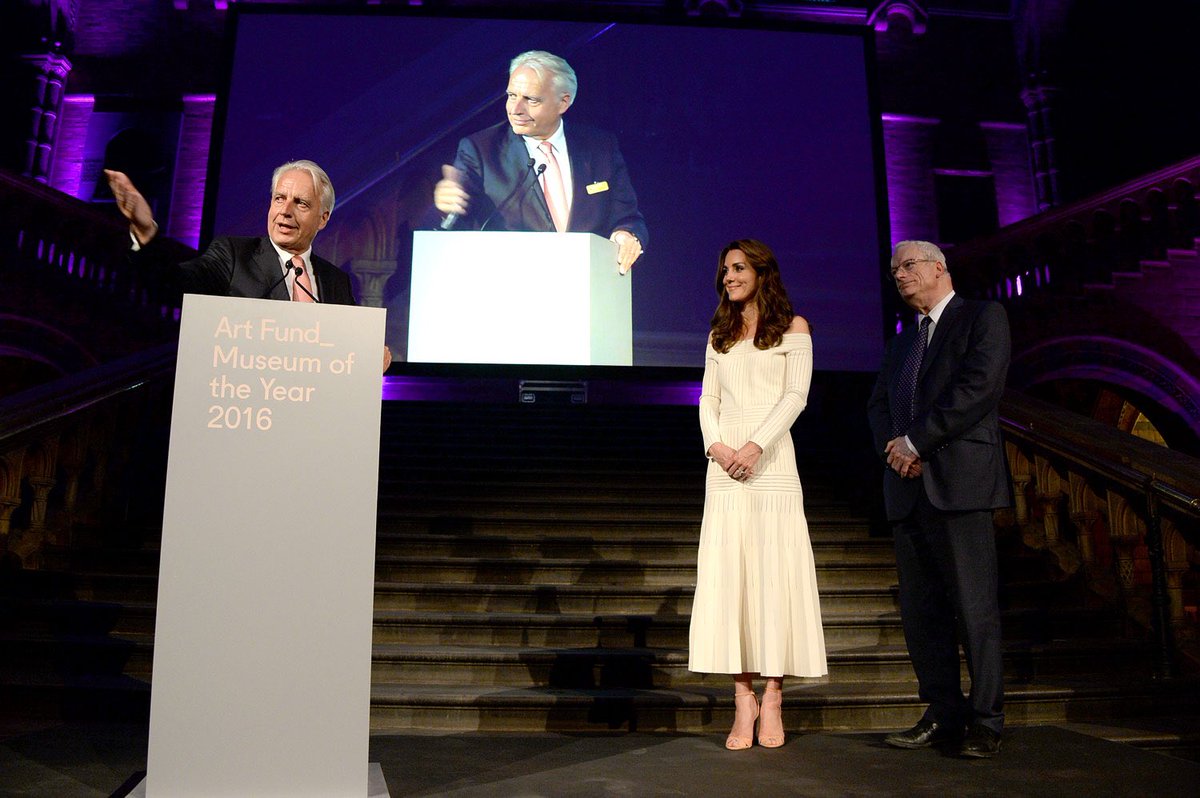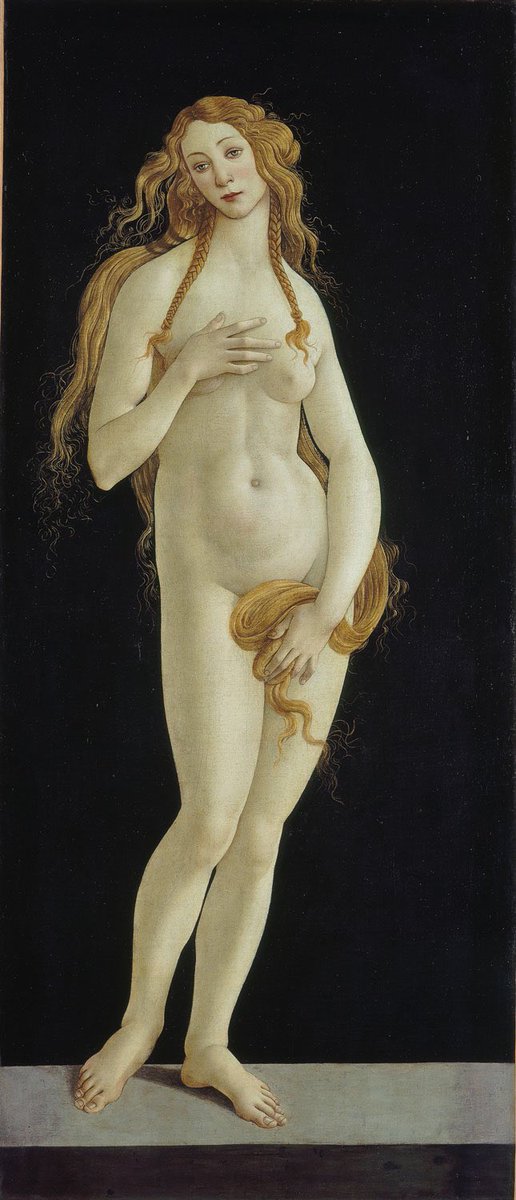
The Jewish festival of Hannukah starts tonight at sunset and commemorates the re-dedication of the Temple after the Maccabean Revolt. This silver hanukkiah was made in London in the 1740s, with eight oil lamps. Each night an extra one is kindled, for eight days. 

This 16th c. enamel plaque from Limoges depicts the Jewish commander Judah Maccabee, who led the successful revolt against the Seleucid Empire in the 2nd c. BCE, aided by his father and brothers, which is the origin of the festival of Hannukah. 

This bronze hanukkiah (lamp for Hannukah, the Festival of Lights) was made in Italy in the 16th century. The arms are those of the Neapolitan Cardinal Innico d'Avalos, and are surrounded by foliage, human figures, lions, and dolphins. 

The Israeli silversmith Eli Gera designed this hanukkiah in a modern style of scrolling overlaid wires in an asymmetrical pattern in the 1970s. In front are eight cups for candles, which are commonly used today, rather than more traditional oil lamps. 

This Hanukkah postcard was designed by Felix Gluck in the concentration camp of Mauthausen and shows camp inmates celebrating Hanukkah. It was issued by Agudath Israel, which provided aid to Shoah survivors, in Budapest in 1945. 

This bronze hanukkiah, in the shape of a house with supporting lions of Judah on each side. The ninth candle cup on the upper right is for the ‘shamash’ (servant), an extra candle that is used to light the other eight candles. 

Exchanging Hannukah greeting cards has become a tradition in the 20th century. This one was designed by Ted Naos in 1994 and features a hanukkiah and interlocking Star of David. 

A hanukkiah is commonly called a menorah but this technically is the term for seven-branched candelabrum of the Temple. This 17th c. Shaddai (Almighty) Italian amulet has a menorah on the right, and a High Priest's turban (mitznefet) on the left. 

• • •
Missing some Tweet in this thread? You can try to
force a refresh





